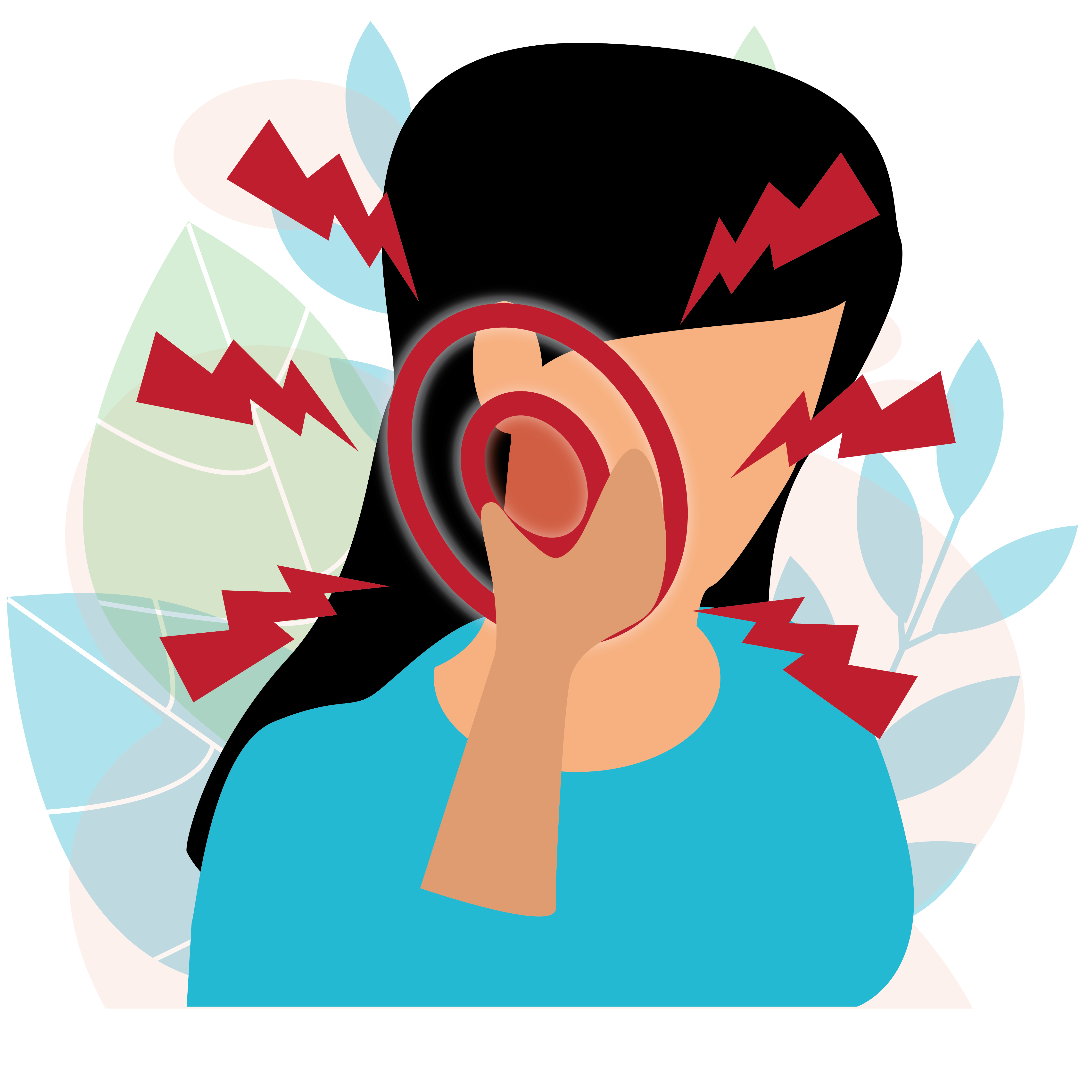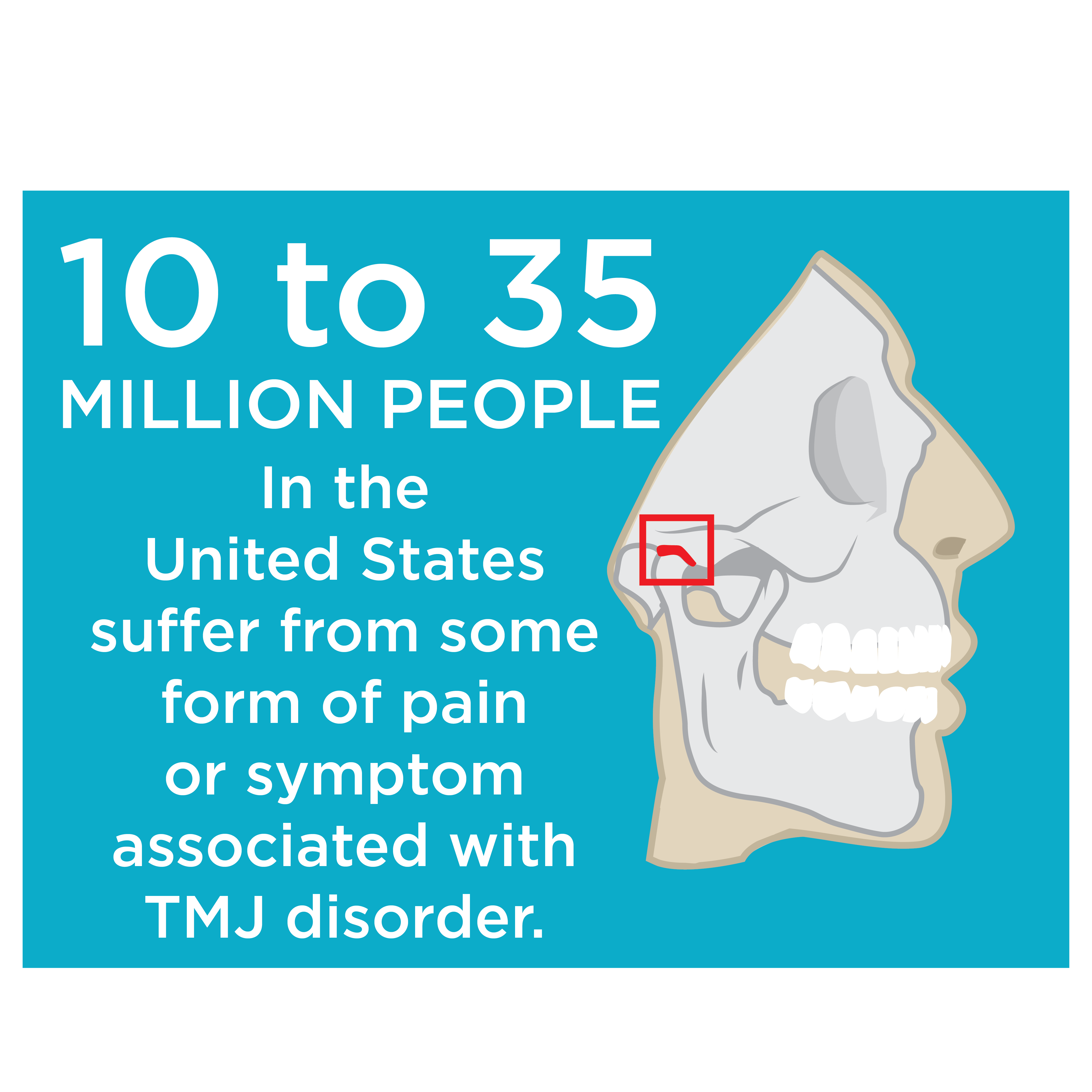
The temporomandibular (tem-puh-roe-man-DIB-u-lur) joint (TMJ) is a unique joint that both slides and hinges. This allows our jaws to open, close, and move side to side to chew using the jaw muscles. There is one joint on each side of the jaw that connects the jawbone to the skull. There is a soft disc between the bones in the joint that moves with the bones and cushions the joint. TMJ disorders (a type of temporomandibular disorder or TMD) can cause pain in your jaw joints and in the muscles of your jaw.
The exact cause of a TMD can be difficult to determine, but one cause can be bruxism or teeth grinding. The pain that comes from a TMD can be quite serious and debilitating.
Signs and symptoms of TMJ disorders may include: clicking and pain in one or both TMJs, locking of jaw joints making it difficult to open or close your mouth, pain in the TMJ (area in front of your ear), ear ache, facial pain and/or headaches.
Results from a recent study show that patients who experience other types of pain or symptoms like pain in other parts of the body, sleep disorders, or symptoms in the orofacial region, are at elevated risk of developing first-onset TMD pain. This is because of the connection between oral health and overall health. Dental and medical professionals can work together in the prevention and treatment of TMDs.
You should see your doctor or dentist for TMJ symptoms. They may refer you to a TMJ specialist to help you get an accurate diagnosis and treatment.

The majority of TMD can be managed with professionally prescribed home care, exercises, behavior modification and physical therapy. Occasionally medications are needed along with a night guard to help with clenching and grinding of teeth. Surgery is usually the last resort if other treatments are not successful. Patients who require surgery usually experience a good result.
Seeking help sooner rather than later makes for a better, more successful and sometimes shorter treatment time.
This information in this post is for general educational purposes only and does not warrant or represent any information as related to health as specifically appropriate for you. It is not intended to be medical advice or replace the relationship that you have with your health care providers. You should always seek medical advice on any diagnosis or treatment from a qualified health care provider. The information is provided “as is” without any representations or warranties, express or implied.






